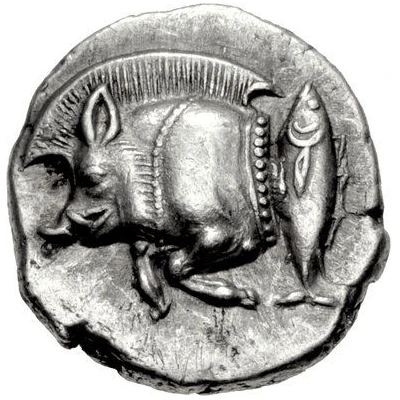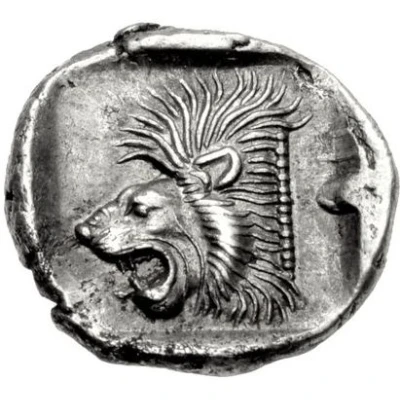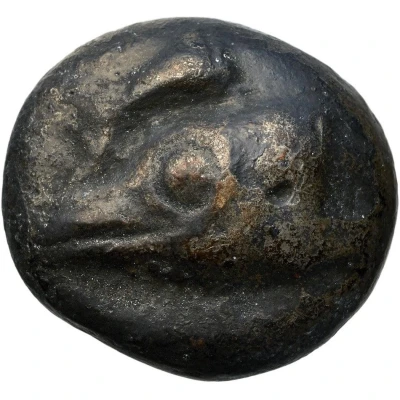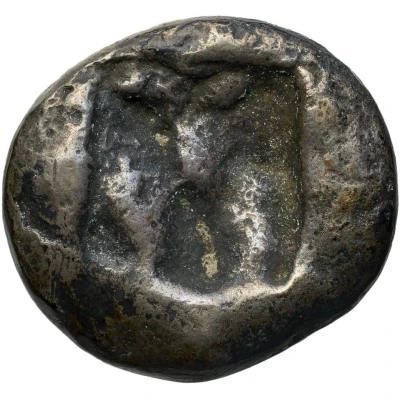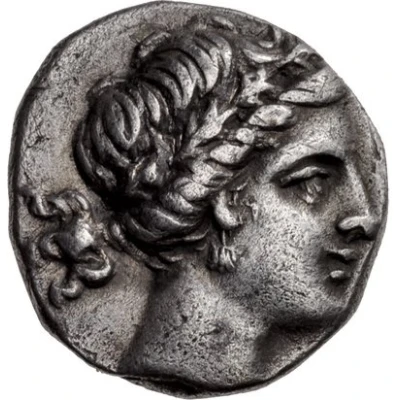
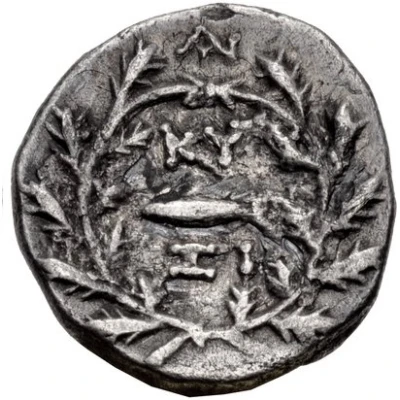

© Classical Numismatic Group, Inc.
Diobol 170 BC - 150 BC
| Silver | 1.58 g | 12.0 mm |
| Issuer | Kyzikos (Mysia) |
|---|---|
| Period | City administration (600 BC - 1 AD) |
| Type | Standard circulation coin |
| Years | 170 BC - 150 BC |
| Value | Diobol (⅓) |
| Currency | Drachm (500-27BC) |
| Composition | Silver |
| Weight | 1.58 g |
| Diameter | 12.0 mm |
| Shape | Round (irregular) |
| Technique | Hammered |
| Demonetized | Yes |
| Updated | 2024-10-10 |
| Numista | N#168827 |
|---|---|
| Rarity index | 100% |
Reverse
Tunny left within oak wreath and a monogram above
Interesting fact
The Diobol coin from Kyzikos (Mysia) is interesting because it features a unique blend of Greek and Persian influences in its design. The obverse side of the coin depicts a bearded Greek god, possibly Zeus or Poseidon, while the reverse side features a stylized Persian Empire-style altar with a fire burning on top, surrounded by two attendants. This blending of cultural styles reflects the complex history of the region, which was influenced by both Greek and Persian empires at the time.
